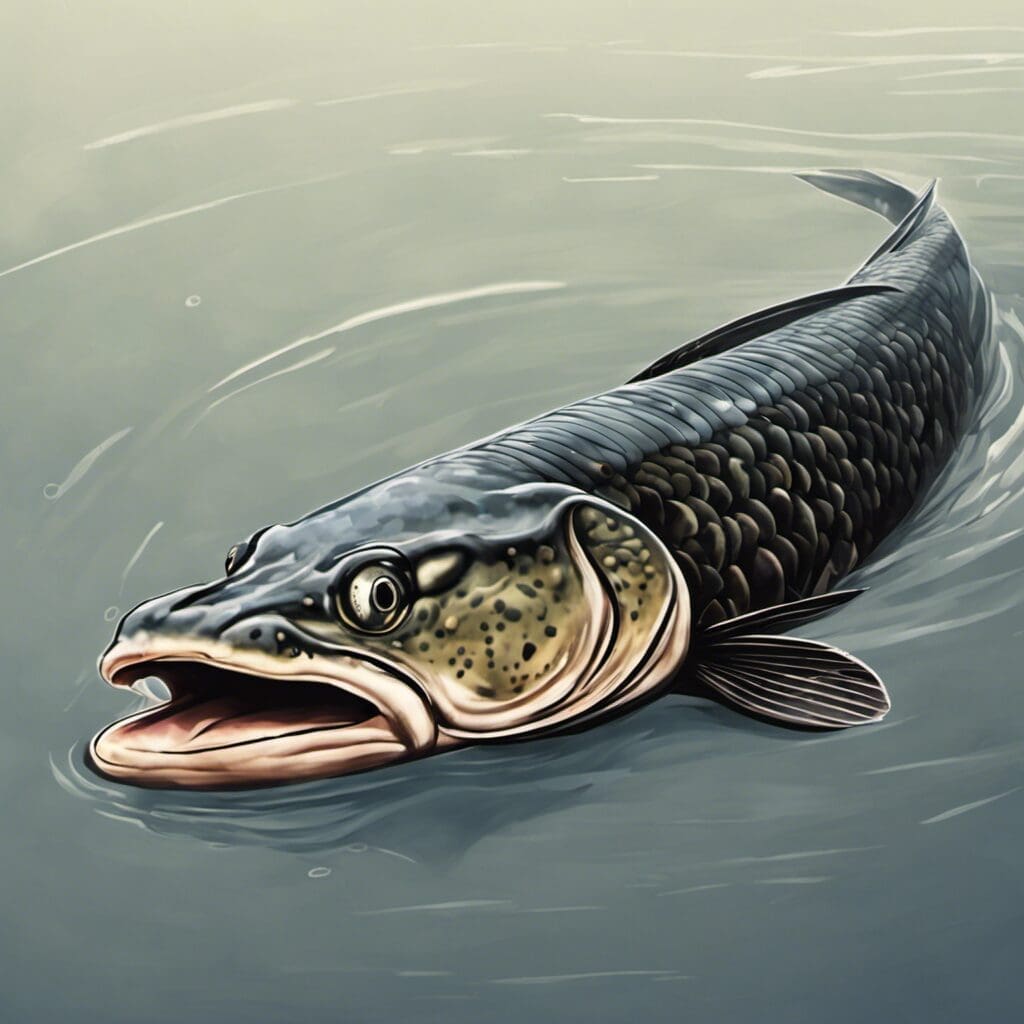Introducing the Snakehead
Snakeheads are part of the Channidae family. They comprise around 30 different species of predatory fish and are one of the most intriguing fish species, thanks to their ability to breathe air and survive on land for up to four days.
Conservation Status
The snakehead fish has been declared an “invasive species”. This suggests they may potentially disrupt local ecosystems, primarily because of the lack of natural predators to control their population. Associations like the U.S. Fish and Wildlife Service are taking steps to control and prevent the spread of Snakehead fish.
Species Statistics
| Statistic | Average | Range |
|---|---|---|
| Length | 33-35 inches | 10-47 inches |
| Weight | 15 lbs | 4-44 lbs |
| Average Lifespan | 15 years | N/A |
Distribution
Snakeheads are native to parts of Africa and Asia, but they have spread worldwide. They are now found in North America, particularly in the northeastern United States. There is no clear migration pattern for Snakeheads as they can adapt to various aquatic environments.
Habitats
- Water Type: Freshwater
- Depth Range: Shallow to 15 m deep
- Temperature Range: 0-30 °C
When and Where to See
Snakeheads are easiest to spot during the spawning season, which happens in late spring or early summer. They’re most active during early morning or late evening, particularly in the shallow areas where they spawn.
Best Fishing Locations
- Potomac River, USA
- C&O Canal, USA
- Lake Anna, USA
- Crosswicks Creek, New Jersey
- Delaware River
- Little River, Virginia
How to Catch a Snakehead
Anglers often use noisy lures to fish for Snakeheads, as it simulates the sound of distressed prey. Methods like fly fishing, bottom fishing and trolling are often used. The best time of day to fish for Snakehead is early morning or late evening.
Identification Guide
Snakeheads are recognizable by their elongated body, large mouth, and teeth. Their dorsal fins are long, and they possess a snake-like scale pattern, which earns them their name. They are often confused with the Bowfin, but can be differentiated by the length of their pelvic fins.
Culinary
In many Asian cuisines, Snakehead fish is considered a delicacy. Its flesh is firm, sweet, and slightly nutty. It’s high in protein and has beneficial Omega-3 fatty acids. The Snakehead can be grilled, fried, or used in soups and stews.
Additional Information
The Snakehead fish is unique for its predatory nature and territorial behaviour. It’s known to inflict serious damage on local fauna due to its aggressive feeding habits. The species is threatened by fishing and habitat loss.
References and Further Reading
Animal Diversity Web
U.S. Fish & Wildlife Service Fact Sheet
IUCN Red List

